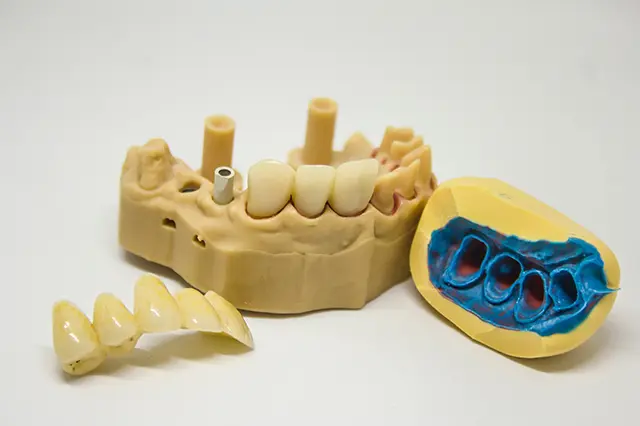
What Is Dry Socket And How Can You Prevent It?
Have you ever heard of dry socket? If you haven’t, you’re not alone. Dry socket is a common complication that can occur after tooth extraction and it is something that should not be taken lightly. In this article, we are going to explore what dry socket is, what causes it, and the most important part – how to prevent it. We will also discuss the symptoms and treatments if you do suffer from dry socket so that you know exactly what you need to do if you ever experience this condition.
What is dry socket?
Dry socket, also called alveolar osteitis, is a painful condition that can occur after tooth extraction. It occurs when the blood clot that forms in the socket after the tooth is removed dissolves or is dislodged, exposing the bone and nerves. Dry socket is more common with certain types of extractions, such as wisdom teeth. Symptoms include severe pain, throbbing, and radiating pain to the ear, eye, temple, or neck. The pain may be worse when lying down or when pressure is applied to the area. Treatment involves cleaning the socket and placing a medicated dressing in it. Pain relief may also be necessary.
What causes dry socket?
Dry socket, also called alveolar osteitis, is a painful condition that can occur after tooth extraction. It happens when the blood clot that forms in the extraction site is either dislodged or doesn’t form properly. This exposes the bone and nerves in the socket, which causes pain and other symptoms. Dry socket is more common after certain types of extractions, such as those that are difficult or impacted. It’s also more common in smokers and people who have had previous dry socket episodes.
How can you prevent dry socket?
There are several things you can do to prevent dry socket, including:
-Quit smoking. Smoking is a major risk factor for developing dry socket.
-Avoid using straws.
-Limit your activity after wisdom teeth removal. Avoid vigorous exercise and any activity that might dislodge the blood clot from the socket.
-Eat soft foods and take pain medication as directed by your dentist or oral surgeon.
-Rinse your mouth with warm salt water several times a day to reduce swelling and promote healing.
-Follow your dentist’s instructions carefully when brushing and flossing your teeth.
-Follow up with your dentist or oral surgeon as directed.
-Talk to your dentist about taking antibiotic medications to help reduce the risk of infection.
-Ask your dentist about using a medicated dressing to cover the extraction site.
-Get annual checkups and cleanings to keep your oral health in top shape.
How is dry socket treated?
The best way to treat a dry socket is to Prevention is the key with dry socket. This can be done by avoiding hard foods, using a straw, and rinsing your mouth with salt water. If you do get a dry socket, your dentist will most likely prescribe you a medicated mouthwash or gel to help with the pain.
Conclusion
Dry socket is a painful condition that can occur after wisdom tooth extraction. While dry sockets aren’t necessarily preventable, there are certain steps you can take to reduce your risk of developing it. These include avoiding smoking and drinking alcohol for at least 48 hours post-extraction, using an ice pack directly on the affected area, and making sure to keep up with good oral hygiene practices. If you think you may have dry socket or if any of the symptoms worsen over time, contact your doctor immediately for advice.
